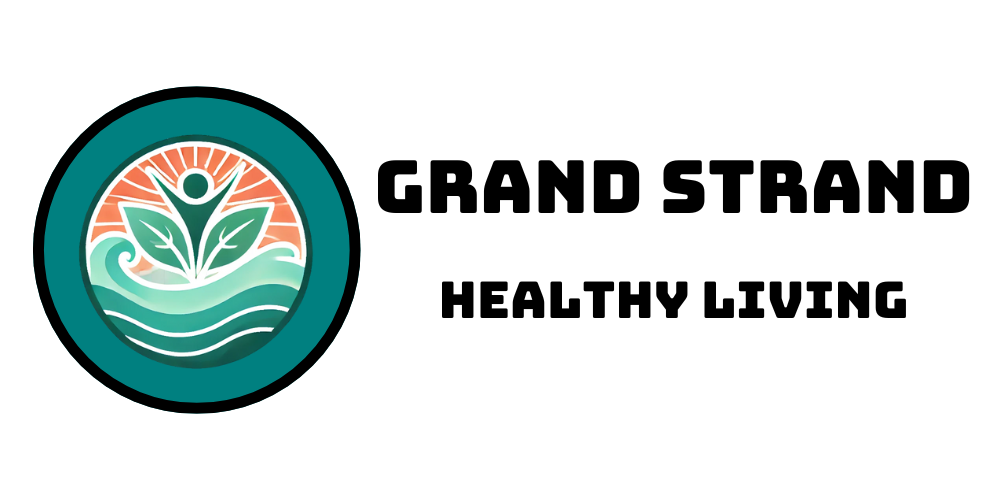
Understanding the Mental Health Crisis Following Natural Disasters
The increasing frequency and intensity of natural disasters have simultaneously revealed a pressing mental health crisis. As climate change continues to alter weather patterns, communities are facing more severe events such as hurricanes, flooded cities, and rampant wildfires. This has sparked urgent discussions on the psychological repercussions of these catastrophes. Research indicates that individuals affected by such disasters often experience a significantly higher likelihood of developing mental health conditions, including PTSD, anxiety, and depression.
The Realities of Post-Disaster Mental Health
A striking statistic shows that over 20% of both adults and children who have survived these disasters report clinically significant symptoms of mental health disorders. First responders are not immune either; while their percentages may differ, they too report high levels of mental health complaints following disaster response. Understanding these realities is crucial for communities, especially in areas like the Grand Strand of South Carolina, which could face weather extremes.
Preventative Measures: Key to Mental Resilience
Given the confirmed impact of disasters on mental health, the focus must shift towards effective prevention techniques. Evidence suggests that preventative psychological interventions can help mitigate the onset of these disorders. Programs targeting at-risk groups are particularly beneficial, ensuring early symptoms are treated before they evolve into more serious conditions.
Challenges in Intervention Implementation
The transition from theory to practice isn't straightforward. Many working models for mental health interventions lack robust evidence of success. A comprehensive review of existing methods reveals that while therapeutic approaches, particularly cognitive behavioral therapy (CBT), are prevalent, doubts linger over the overall effectiveness of many programs. In examining 10 key studies—accounting for over 5,000 participants—researchers noted significant variability in intervention quality and outcomes.
Response Strategies That Work
Drawing from these studies, successful strategies often incorporate a mix of psychoeducation, relaxation techniques, and community support mechanisms. In the wake of a disaster, community-focused psychoeducation programs can empower residents to recognize mental health symptoms in themselves and others. When mental health support becomes a community affair, those affected may feel less isolated and more connected through shared experiences.
Future Trends in Disaster Preparedness
As we move forward, the constant evolution of climate patterns calls for communities to adapt their mental health strategies proactively. Embracing technology can enhance these efforts; digital intervention programs and teletherapy options can reach displaced or resilient individuals who may otherwise miss out on essential care.
Actionable Insights for Residents
Residents in the Grand Strand of South Carolina are encouraged to stay informed about mental health resources available before, during, and after storms. Engaging with local support groups, participating in readiness training, and accessing online mental health programs can pave the way for community resilience.
Only through collective awareness and tailored intervention strategies can communities hope to foster recovery and support their members effectively. So, as storms loom on the horizon, it's crucial to consider how we might bolster mental wellness in our neighbors and ourselves. Taking these steps today can prepare us for tomorrow's challenges, ensuring that mental health is at the forefront of disaster preparedness. Reach out to local mental health professionals or volunteer organizations to learn how you can contribute or get involved in initiatives that support mental health in your community.
 Add Row
Add Row  Add
Add 





Write A Comment